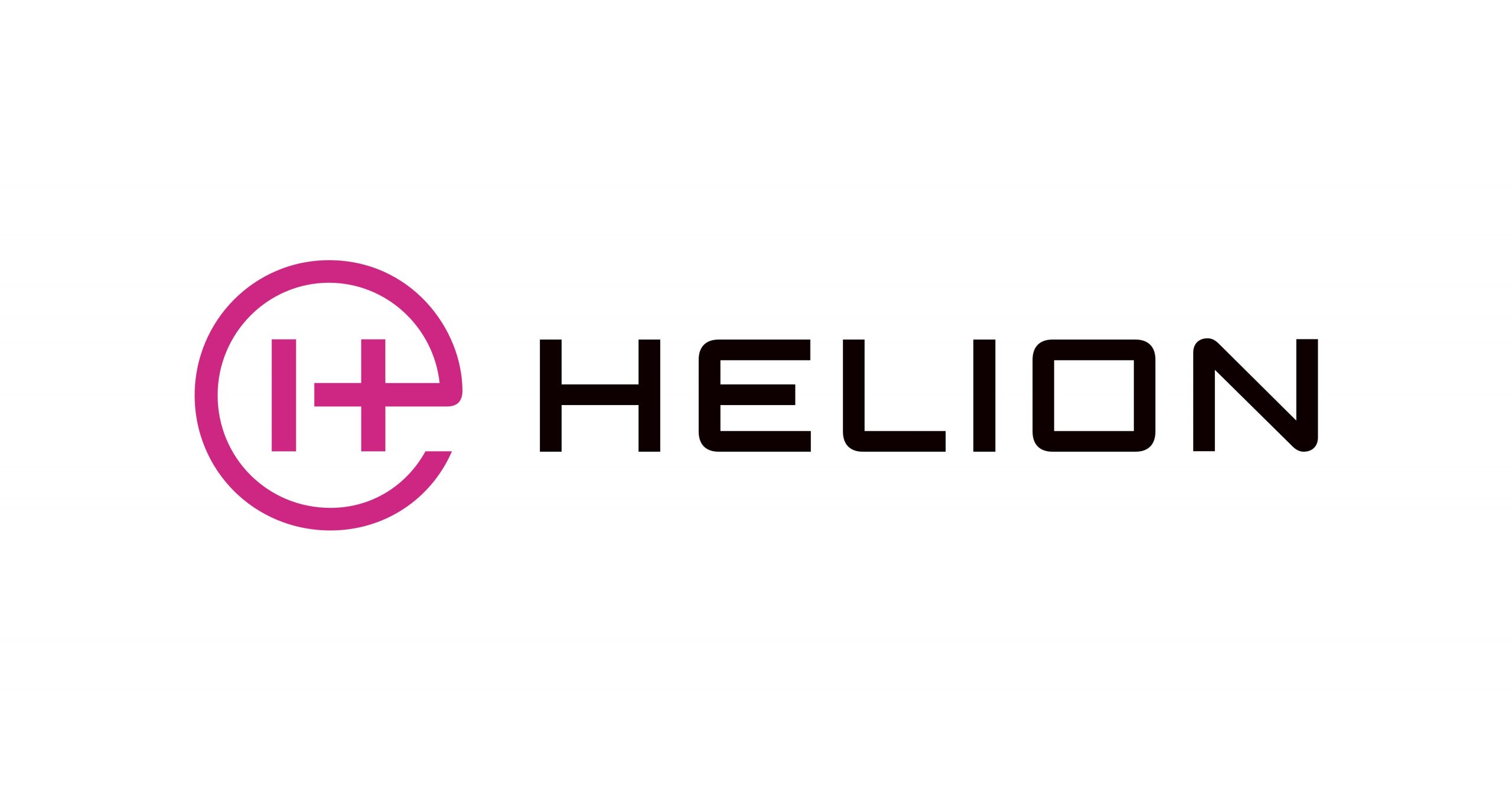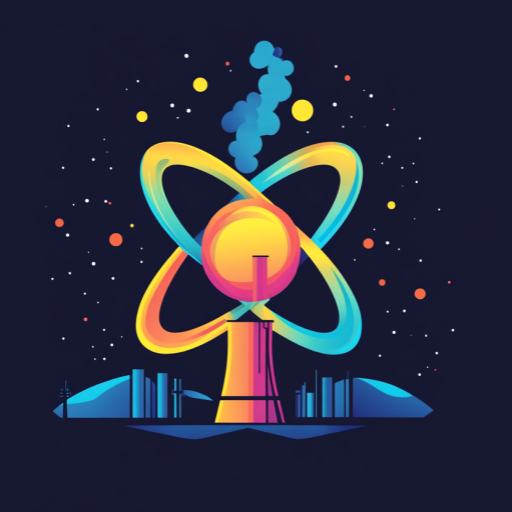Fortum is a Finnish state-owned energy company located in Espoo, Finland. It mainly focuses on the Nordic region. Fortum operates power plants, including co-generation plants, and generates and sells electricity and heat.
Fortum has agreed to assist the development of Finnish technology company Steady Energy’s district heating nuclear reactor with its simulation expertise. The intent is to create a comprehensive digital twin for Steady Energy’s LDR-50 reactor using Apros software.
Steady Energy designs, builds, and operates compact, advanced nuclear heating plants. Their elegantly simple approach enables scalable, cost-effective, zero-carbon district heating almost anywhere.
Apros, the result of decades of development work by Fortum and Finland’s state-owned VTT Technical Research Centre, is an advanced software program for modelling and dynamic simulation of power plants, energy systems and industrial processes. Apros products and services have been sold in more than thirty countries around the world to a wide range of users including EPC project suppliers, equipment manufacturers, energy companies, engineering firms, research institutes and universities.
Fortum will use this software to create a simulation called a digital twin of the LDR-50 reactor to permit Steady Energy to carry out comparison analyses related to the licensing of district heating reactors in Finland. In addition, the Apros model will be used to provide solutions to technical problems related to the functionality and dimensioning of the new plant type.
Toni Salminen is Director of Sales at Fortum for Apros product area. He said, “We are very pleased that Steady Energy wants to use dynamic simulation to ensure their design quality and has chosen Fortum to support their project. The Apros software, developed jointly by Fortum and VTT, is suitable for the modelling needs of a nuclear power plant throughout the nuclear power life cycle, both for verifying the initial design material and for supporting the commissioning of the plant. For us, cooperation with Steady Energy offers an interesting opportunity to utilize our decades of power plant expertise in the development of new small-scale nuclear power.”
Tommi Nyman is the CEO of Steady Energy. He said, “For Steady Energy, this is a significant partnership and a great opportunity to utilize Fortum’s expertise in the development of a Finnish reactor.”
Steady Energy was spun out of VTT in 2023. It is developing the LDR-50 small modular reactor (SMR) with a thermal output of fifty megawatts, designed to operate at around three hundred degrees Fahrenheit. Unlike most small modular reactors being developed around the world, the LDR-50 is not designed to generate electricity or electricity and heat. Instead, it is designed to only produce heat and is focused on district heating, as well as industrial steam production and desalination projects.
Steady Energy has already signed agreements for fifteen reactors in Finland, with its reactor design currently being assessed by the Finnish Radiation and Nuclear Safety Authority (STUK). The aim is to construct the first plant to be the clean energy source for a district heating scheme. Work will begin in 2029.
In December of last year, Steady Energy signed a contract with Belgian engineering firm Tractebel to provide engineering services to develop its LDR-150 SMR.
Blog
-

Nuclear Reactors 1483 – Fortum Is Working On The Creation Of A Digital Twin For The Steady Energy LDR-50 Reactor
-
Nuclear News Roundup Mar 05, 2025
EU leaders cautiously welcome Macron’s nuclear umbrella offer reuters.com
Fire at nuclear power plant in southern Taiwan put out, no safety concern, power company says reuters.com
Activists call for an end to nuclear energy and weapons outside the United Nations amny.com
Penn State partners with Westinghouse Electric Company to create a new nuclear research facility psucollegian.com
-

Geiger Readings for Mar 05, 2025
Ambient office = 84 nanosieverts per hour
Ambient outside = 97 nanosieverts per hour
Soil exposed to rain water = 99 nanosieverts per hour
English cucumber from Central Market = 105 nanosieverts per hour
Tap water = 111 nanosieverts per hour
Filter water = 100 nanosieverts per hour
-

Radioactive Waste 944 – Researchers at The Ohio State University have developed a battery that can utilize nuclear waste to generate electricity
Researchers at The Ohio State University have developed a battery that can utilize nuclear waste to generate electricity. This new technology uses ambient gamma radiation from spent nuclear fuel to power electronics and offers a cleaner and more efficient energy source. Raymond Cao is the Director of OSU-Nuclear Reactor Lab and lead author of the study. He said, “We’re harvesting something considered as waste and by nature, trying to turn it into treasure.”
Nuclear fission power plants are a reliable source of energy. However, they produce radioactive waste that emits gamma radiation, which is a form of energy that has been difficult to safely harness.
The Ohio State team’s prototype battery solves this problem by using scintillator crystals. They emit light when exposed to radiation. This light is then captured by solar cells, which convert it into electricity.
Cao added that “The nuclear battery concept is very promising. There’s still lots of room for improvement, but I believe in the future, this approach will carve an important space for itself in both the energy production and sensors industry.”
The battery is roughly the size of a one-and-a-half-inch cube. The researchers used two common radioactive isotopes found in spent nuclear fuel, cesium-137 and cobalt-60, to test the prototype.
The experimental results demonstrated that the battery generated two hundred and eighty-eight nanowatts with cesium-137 and a more substantial one and a half microwatts with cobalt-60, enough to power a small sensor.
Cao remarked, “Although most power outputs for homes and electronics are measured in kilowatts, this suggests that with the right power source, such devices could be scaled up to target applications at or beyond the watts level.”
This technology offers a promising solution to the problem posed by radioactive waste, a significant byproduct of nuclear power generation. Nuclear fission power plants provide about twenty percent of the United States’ electricity with minimal greenhouse gas emissions.
The researchers said in a press release, “However, these systems do create radioactive waste, which can be dangerous to human health.” By converting this radioactive waste into electricity, the new battery offers a potential pathway for transforming a liability into a valuable resource.
Moreover, the design of the battery makes it especially well-suited for environments where high levels of radiation are already present, such as nuclear waste storage facilities, deep-sea exploration, and even space missions.
The researchers emphasized that “Fortunately, although the gamma radiation utilized in this work is about a hundred times more penetrating than a normal X-ray or CT scan, the battery itself does not incorporate radioactive materials, meaning it is still safe to touch.”
The study also pointed out the impact of the scintillator crystal’s design on power output, with larger volumes and surface areas enhancing radiation absorption and light conversion. This technology shows great promise, however, scaling it up for broader applications will require dealing with manufacturing costs and conducting further research. This development represents a significant step towards a more sustainable and efficient use of nuclear energy.
Ibrahim Oksuz is a research associate at the Ohio State University Department of Mechanical and Aerospace Engineering and co-author of the study. He said, “These are breakthrough results in terms of power output. This two-step process is still in its preliminary stages, but the next step involves generating greater watts with scale-up constructs.” -
Nuclear News Roundup Mar 04, 2025
Amentum awarded Sizewell C project management contract world-nuclear-news.org
IAEA to assist Uzbekistan in joining nuclear safety treaties news.az
Report: Belarus Eyes Cryptocurrency Mining to Harness Nuclear Surplus news.bitcoin.com
UK insists US still a ‘reliable ally’ amid jitters over Trident nuclear subs politico.eu
-

Geiger Readings for Mar 04, 2025
Ambient office = 106 nanosieverts per hour
Ambient outside = 82 nanosieverts per hour
Soil exposed to rain water = 84 nanosieverts per hour
Campari tomato from Central Market = 115 nanosieverts per hour
Tap water = 128 nanosieverts per hour
Filter water = 121 nanosieverts per hour
-

Nuclear Fusion 117 – Helion Energy Is Planning On Constructing A Commercial Fusion Plant In Chelan County, Washington
Helion Energy is a fusion energy company based in Everett, Washington. In May 2023, Helion Energy announced a groundbreaking deal with Microsoft, marking the world’s first commercial agreement for fusion energy. Helion has announced plans to construct the world’s first fusion power plant in Malaga, Washington.
The company is working on developing a fifty-megawatt fusion power plant on land owned by the Chelan Public Utility District (PUD) near Rock Island Dam, along the Chelan County side of the Columbia River. The site has not been officially finalized yet, but discussions are progressing. The company plans to increase engagement with the community for this pioneering project.
The announcement of negotiations was made during a joint press conference at the Confluence Technology Center in Wenatchee, Washington. The public event included presentations by Helion Communications Director Jessie Barton, Chelan PUD’s Kirk Hudson, Chelan County Community Development Director Deanna Walter, and Jim Kuntz of the Chelan Douglas Regional Port Authority. The panelists discussed their respective agencies’ roles in exploring the potential for carbon-free energy sources in Chelan County.
Jessie Barton said, “We’re looking at developing a 50-megawatt fusion power plant on PUD-owned land, near Rock Island Dam, on the Chelan side of the Columbia River. Now, this isn’t an official site selection at this point, but we are at the point where we’re ready to bring in more community members and have a larger conversation about this potential project.”
A community event is planned for March 11th at the Mission View Elementary School, where additional details about the project will be made public. The company has set an ambitious timeline. It aims to begin construction this summer if the permitting process proceeds without delays, to generate fusion energy by 2028.
From Chelan PUD’s perspective, this project is a critical component of a broader strategy to meet future energy demands and expand beyond hydropower, which has traditionally been the region’s primary energy source. Kirk Hudson said, “We have all of our eggs in one basket with hydropower, which has served us very well, but the future is going to be much different than the past has been.”
Initially, the fusion power produced will support the purchase agreement with Microsoft. There are long-term plans to make this clean energy accessible to local customers. The Chelan PUD remains optimistic about the project’s growth and success, aiming for its benefits to extend to residents of Chelan County and the broader north-central Washington region. Formal discussions regarding agreements with Helion, including potential lease terms, will take place once the company is ready to begin construction.
Helion Energy expects to hire approximately one hundred and thirty workers during the initial construction phase, with around thirty staff needed for ongoing plant operations once the facility is complete.
Under the agreement with Microsoft, Helion intends to provide Microsoft with electricity generated from its fusion power plant by 2028. The deal shows confidence in Helion’s advanced fusion technology and its potential to deliver a reliable, carbon-free energy source.
This partnership aligns with Microsoft’s sustainability goals. It aims to secure clean energy for its operations. Helion’s progress has been further enhanced by significant funding, including a major investment in January 2025, to accelerate the development and deployment of fusion energy technology.
With the planned fusion power plant in Malaga, Washington, Helion is making significant progress toward making fusion energy a reality, reinforcing its commitment to revolutionizing the energy landscape by 2028. -
Nuclear News Roundup Mar 03, 2025
Amentum awarded Sizewell C project management contract world-nuclear-news.org
IAEA to assist Uzbekistan in joining nuclear safety treaties news.az
IAEA to assist Uzbekistan in joining nuclear safety treaties nytimes.com
Report: Belarus Eyes Cryptocurrency Mining to Harness Nuclear Surplus news.bitcoin.com
-

Geiger Readings for Mar 03, 2025
Ambient office = 85 nanosieverts per hour
Ambient outside = 73 nanosieverts per hour
Soil exposed to rain water = 70 nanosieverts per hour
Blueberry from Central Market = 100 nanosieverts per hour
Tap water = 103 nanosieverts per hour
Filter water = 86 nanosieverts per hour
-
Nuclear News Roundup Mar 02, 2025
First Light Fusion switches strategy, drops plans to develop power plant world-nuclear-news.org
Hinkley Point C: EDF tests new acoustic fish deterrent system world-nuclelar-news.org
Lloyd’s Register partners with Microsoft on AI-driven nuclear tech ship-technology.com
